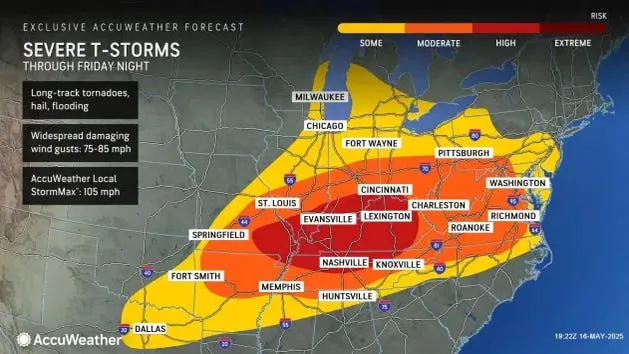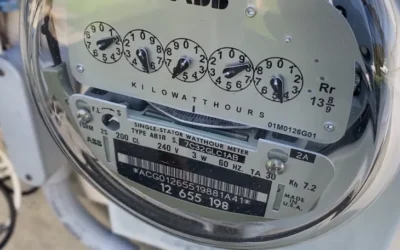Severe Thunderstorm Warning Issued for Chicagoland
As severe weather looms over the Chicago area, the National Weather Service (NWS) has issued a Severe Thunderstorm Warning for several counties in and around the Windy City. Meteorologists are closely monitoring a powerful storm system that is expected to bring intense winds, heavy rainfall, and even the potential for hail.
Weather Conditions and Impact
This severe thunderstorm system is capable of producing torrential rain and damaging winds exceeding 60 miles per hour, leading to hazardous conditions for outdoor activities and transport. An increased risk of flash flooding is also expected in low-lying areas due to the anticipated precipitation levels of 1 to 3 inches within a short period.
Live Radar Insights
Live radar images indicate that the storm system is currently moving through neighboring states and is on a direct path toward Chicago. Local meteorologists advise residents to keep a close eye on updated radar information, which can provide real-time insights into the storm’s progression and intensity.
Safety Precautions to Take
In light of the severe thunderstorm warning, officials are urging residents to take necessary precautions to safeguard themselves and their property. Here are some important safety tips:
- Stay Indoors: During severe weather, remain indoors and avoid unnecessary travel. High winds, lightning, and heavy rainfall can create dangerous conditions.
- Secure Loose Items: If you are in an area likely to experience high winds, secure or bring inside any outdoor furniture, decorations, or equipment that could become hazardous projectiles.
- Monitor Alerts: Keep a battery-operated weather radio or a mobile weather app handy to receive continuous updates and alerts from the NWS.
- Prepare for Power Outages: Charge cell phones and portable chargers ahead of time, and stock up on essential supplies, including water, non-perishable food, and flashlights.
- Stay Away from Windows: High winds and debris can pose a threat, so find a safe spot in your home away from windows and potential flying hazards.
Understanding Severe Thunderstorm Watches vs. Warnings
It is essential for residents to understand the difference between a severe thunderstorm watch and a warning. A watch indicates that conditions are favorable for the development of a severe thunderstorm; in contrast, a warning means a severe thunderstorm has been observed or indicated by radar. In this case, residents should treat a warning seriously and take immediate action to ensure their safety.
Community Preparedness and Resources
Local emergency management agencies and community organizations have been activated in anticipation of the storm. Residents are encouraged to stay informed and utilize available resources, including:
- Local News Outlets: Stay tuned to local news stations for the latest updates and advice regarding the storm.
- Emergency Services: Familiarize yourself with the contact information of local emergency services and have a family communication plan in place.
- Social Media and Community Alerts: Follow local government and weather service social media channels for timely information and community alerts.
Historical Context of Chicago Thunderstorms
Chicago’s location in the Midwest makes it susceptible to severe weather, particularly thunderstorms during the warmer months. Historically, the area has experienced some devastating storms leading to significant power outages and infrastructural damage. The community is advised to stay alert and proactive in preparing for such weather events.
The Aftermath and Recovery
Following severe thunderstorms, the city often faces challenges, including cleanup and recovery from potential destruction. Local authorities typically mobilize response teams to clear debris, restore power, and assist residents in need, emphasizing the importance of community resilience in the face of natural disasters.
Conclusion
As this severe thunderstorm warning remains in effect, residents of Chicago are reminded to prioritize their safety and prepare for the impending weather. Monitoring live radar and remaining informed can significantly mitigate potential risks associated with severe storms. Greater awareness and preparedness can help protect families, homes, and communities as they navigate challenging weather conditions.







